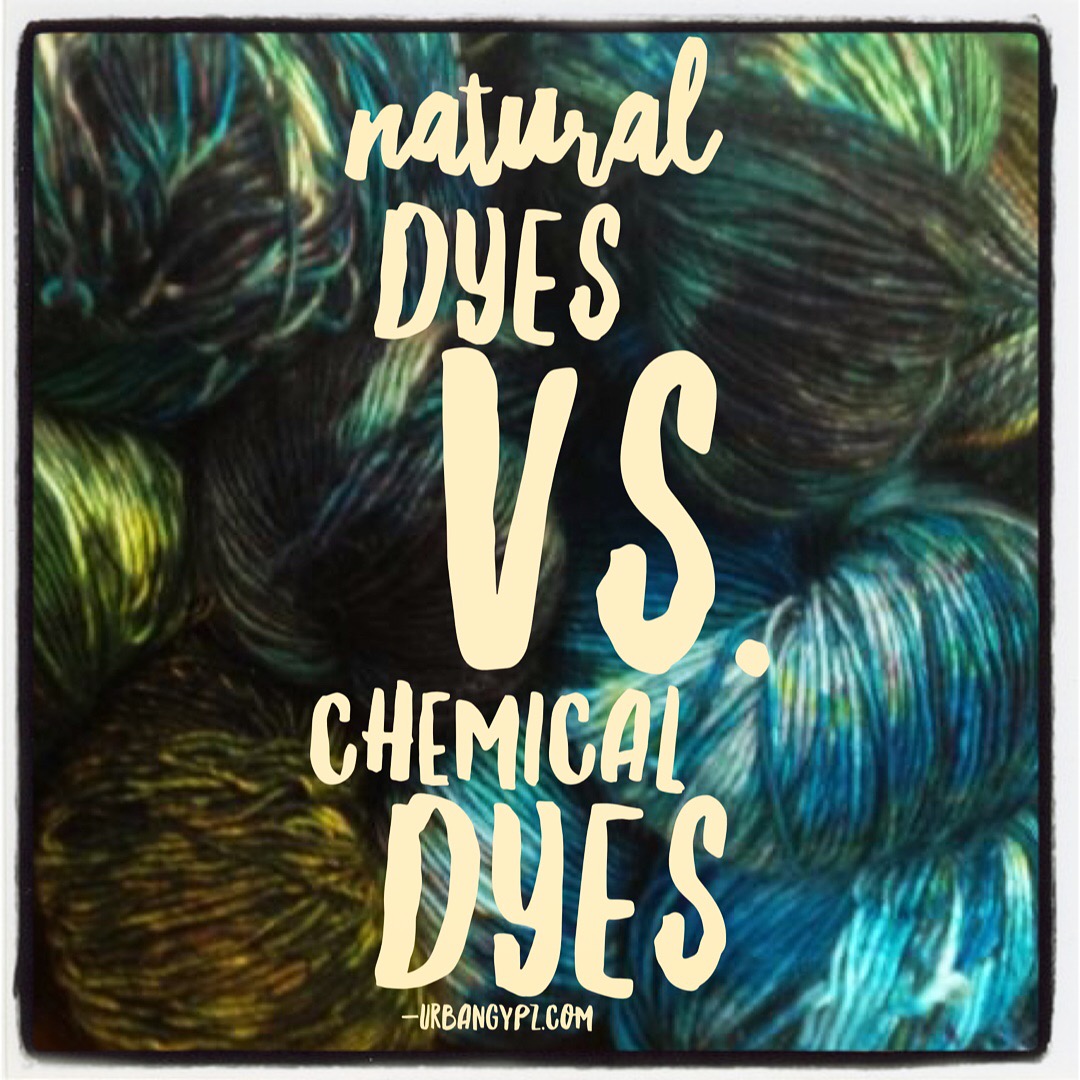
I get asked about natural dyes ALL THE TIME. And straight up, I don’t do them. So I usually just do not have a lot of info about natural dyes. Hey I get it. There is something deliciously romantic about going all homesteader, foraging plants, and using them to dye your handspun yarn. And what’s not to love… beautiful natural, organic vs. chemicals.
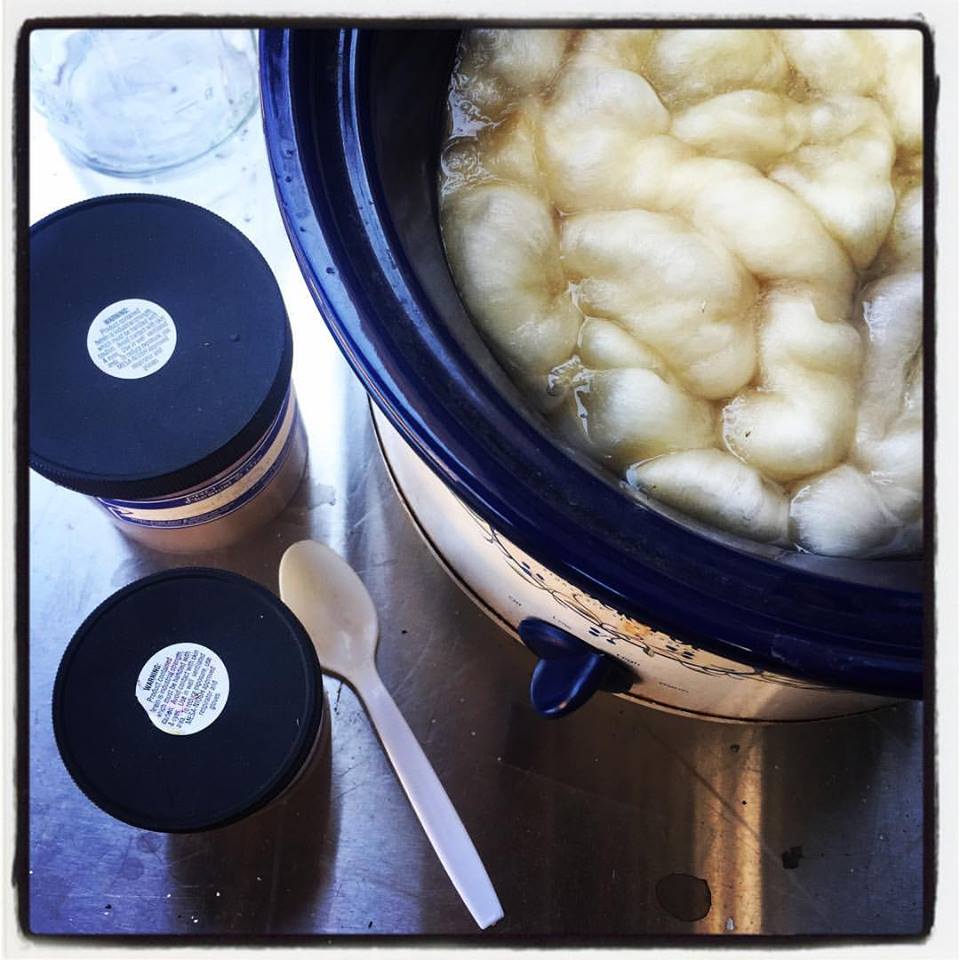
As you may or may not know I am pulling together some dye classes. And while natural dyeing is one of the most requested techniques. However, It is not one I will be giving instructions for. But I did however want to give a nod to natural dyeing. So today, fiberista, I am going to share with you my 2 big fat reasons why I took natural dyeing out of the picture when I first started to consider dyeing my own yarn and fibers, as well as some resources I would go to if I ever decide to try natural dyeing (because never say never…right?).

Comparing the toxins
Neither chemical or natural dyes are ideal. Chemicals are…well…chemical. it is really possible to have a chemical overload if you dye a lot of fiber over time even if you are meticulous in your safety precautions. It happened to this master dyer. But overall, the chemical dyes are non toxic. I know it seems counterintuitive, but natural dyes are not as mundane. Most of what you can use to dye are actually food stuffs. But then there are some things that are not, like logwood and cochineal. These can be poisonous. And of course these poisonous things produce the most awesome colors….damn you Murphy’s law.
When these chemical dyes are formulated they are regulated and must meet certain safety standards particularly in the case of the heavy metals added to the dye. These metals are called mordants and help the dye stick to the fiber. These same heavy metals are what you add to natural dyes as mordants. But you are handling these mordants in unregulated quantities and at your own risk. For me it is not that taking precautions to do natural dyeing were impossible, but to do so weekly and in the scale needed for a yarn business was not something I wanted to tackle. I know myself to be not terribly meticulous or tidy, so natural dyeing was just risky for me. There is a big responsibility not just to yourself and those in your household, but to the waterways and the environment when using doing home dyeing. Good classes and resources will spend a lot of time going over all the safety risks and precautions. Heed them, without fail, not matter which method you choose.While you may not see the effects of mishandling dye stuffs now, you may years from now and regret it big time.
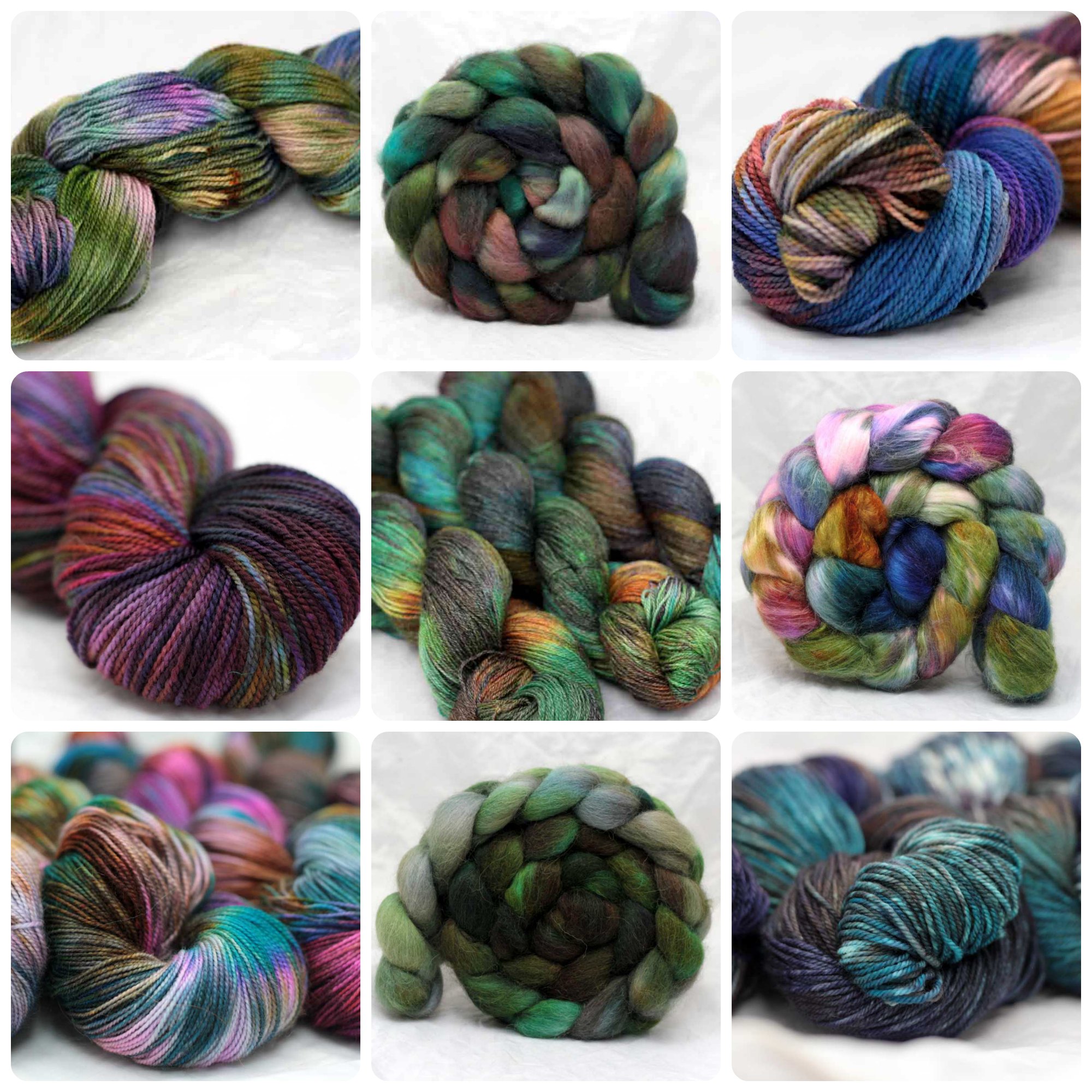
Comparing the dye results.
I love retina searing color. Colors not found in nature. Straight up I chose chemical dyes because of the color range. Natural dyes however produce some of the loveliest muted shades of colors. You can get some vibrancy with natural dyes, but those dye stuffs and mordants need to be handled with extreme and vigilant care as well as a lot of patience. It takes a while for natural dye colors to deepen. Chemical dyes however are pretty quick. I can easily dye up several batches in the same dye pot within a day.
There are also environmental effects on colors to consider. I had an office mate who took a 2 week natural dye class intensive at the ivy league of craft schools, Penland. She came home with a beautiful binder filled with swatches she had created with her class mates while there, each with meticulous notes and measurements. I poured over the colors as she told stories of her experience. As I turned the last page she said…”and now I have to make this all over again using my own water source.” You see the water source in Penland is totally different that Asheville despite being just up the mountain. Those tiny differences can have a huge effect on the color. As can the source of your dye stuffs, the season the dye stuffs were grown, the pot you use, temperature..so many things. Now granted, I am all about being at the mercy of what ever your creative efforts produce. Little variations can be like little gifts. So, those variation are not necessarily a bad thing, but if you have a product that relies on predictable results, then you just need to be aware of how these variations will play into what you might possibly get. This is often done with meticulous note taking.
Chemical dyes can be affected by environmental variations as well, but not as extreme. For the most part chemical dyeing is pretty predictable. I am more of a from the hip kind of girl. I never took notes when I dye yarn, I hated the left brainy-ness of that. And fortunately chemical dyes were more forgiving to my lack of note taking and the way I like to dye.
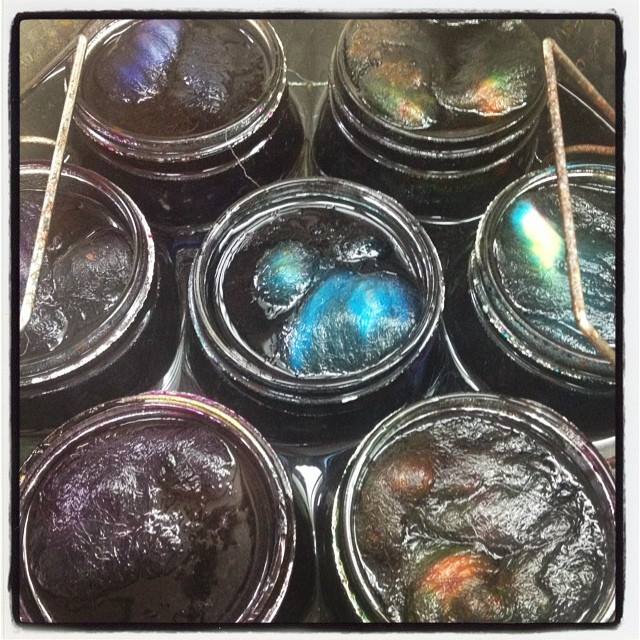
So , you see, while natural dyeing is super popular right now, it’s just not my thing. That doesn’t mean I am not about you diving in. Hell, maybe one day I will join the natural dying band wagon. But, for now, it is not something I am going to cover in my dye classes. Here are the natural dyeing resources I would recommend.
I found this awesome ebook on ETSY, she seems to have found a great mordant alternative that is not as toxic. If I were to do natural dyes, this is where I would start.
https://www.etsy.com/transaction/1313134741
I love me some Ninja Chickens! This podcast shows you how they are doing it!
https://www.youtube.com/channel/UCAD9nXwNEMvaN6mzVEAwYrw
If you want to really immerse yourself in natural dyeing, you can’t go wrong with these craft school courses
http://penland.org/textiles/
https://classes.folkschool.org/Browse.aspx?sub=Dyeing
And of course, Dharma Trading has some killer tutorials
https://www.dharmatrading.com/tools/natural-dyeing-how-to-and-info.html
If you want to geek out over the chemistry of both natural and chemical dyes here are two good articles, they are also the articles where I sourced much of the info I used here.
And of course, If you want to get notice when the dye classes go live, sign up here
Sign Up for the UrbanGypZ Fiber Arts Collective
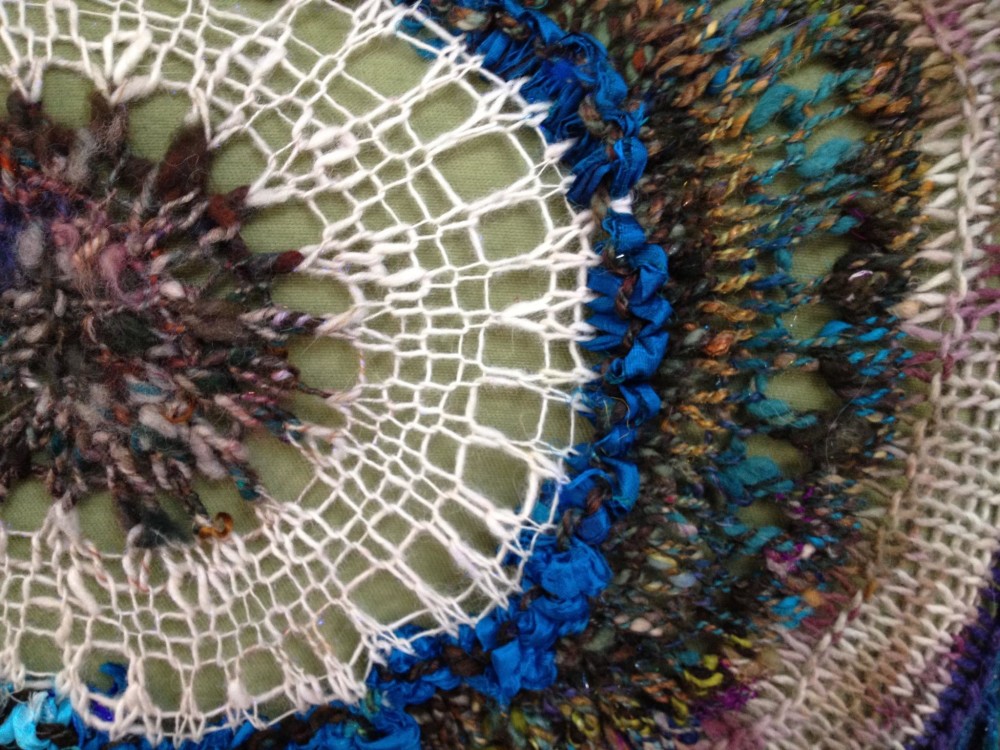

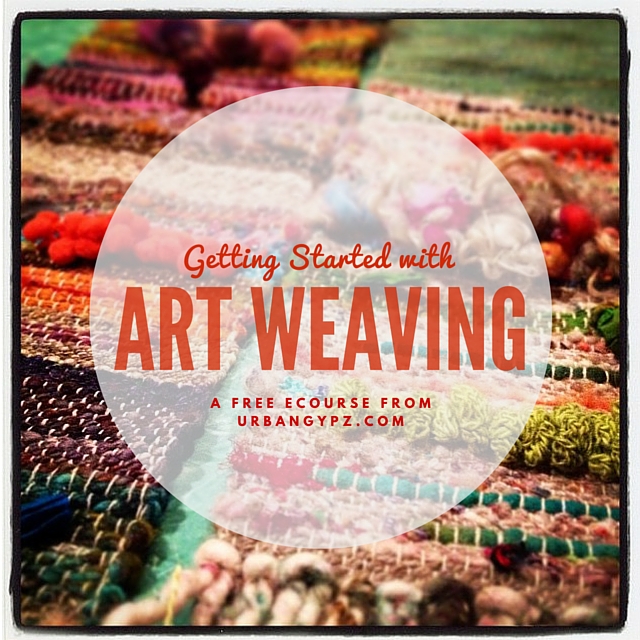
 Fiber artist Stacey Budge-Kamison AKA UrbanGypZ lives and works in Cary NC. She can also be found knitting in public, hammering out her latest e-course at local cafés and spinning yarns in her booth at her favorite arts festivals. A designer at heart, Stacey has decided that her mission is to help fellow knitters, crocheters, weavers and felters embrace their own style and creativity by exploring fiber art as it is a part of their everyday life and helping them embrace the title of artist no matter where they are in their journey.
Fiber artist Stacey Budge-Kamison AKA UrbanGypZ lives and works in Cary NC. She can also be found knitting in public, hammering out her latest e-course at local cafés and spinning yarns in her booth at her favorite arts festivals. A designer at heart, Stacey has decided that her mission is to help fellow knitters, crocheters, weavers and felters embrace their own style and creativity by exploring fiber art as it is a part of their everyday life and helping them embrace the title of artist no matter where they are in their journey. 
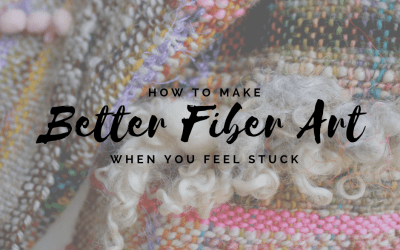
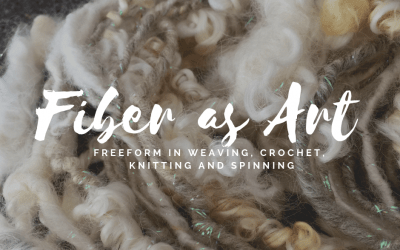


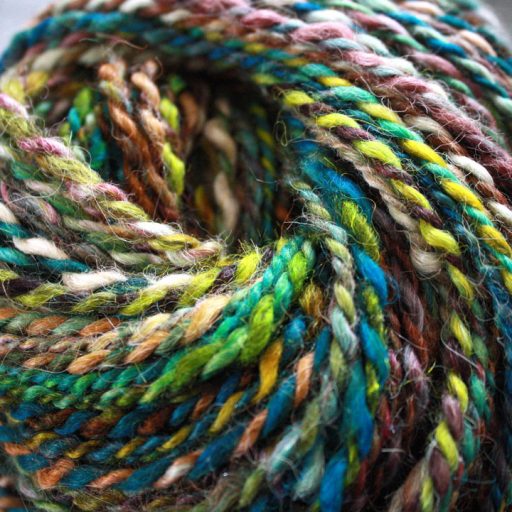


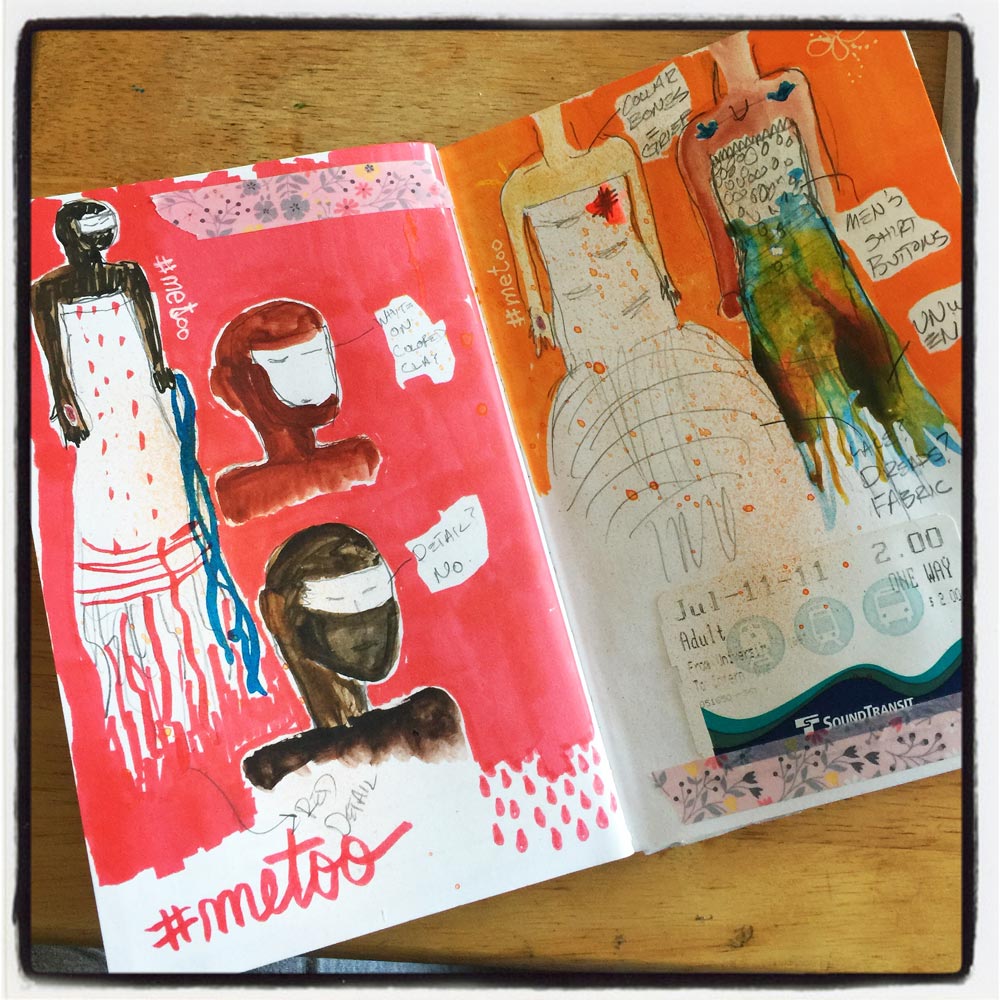
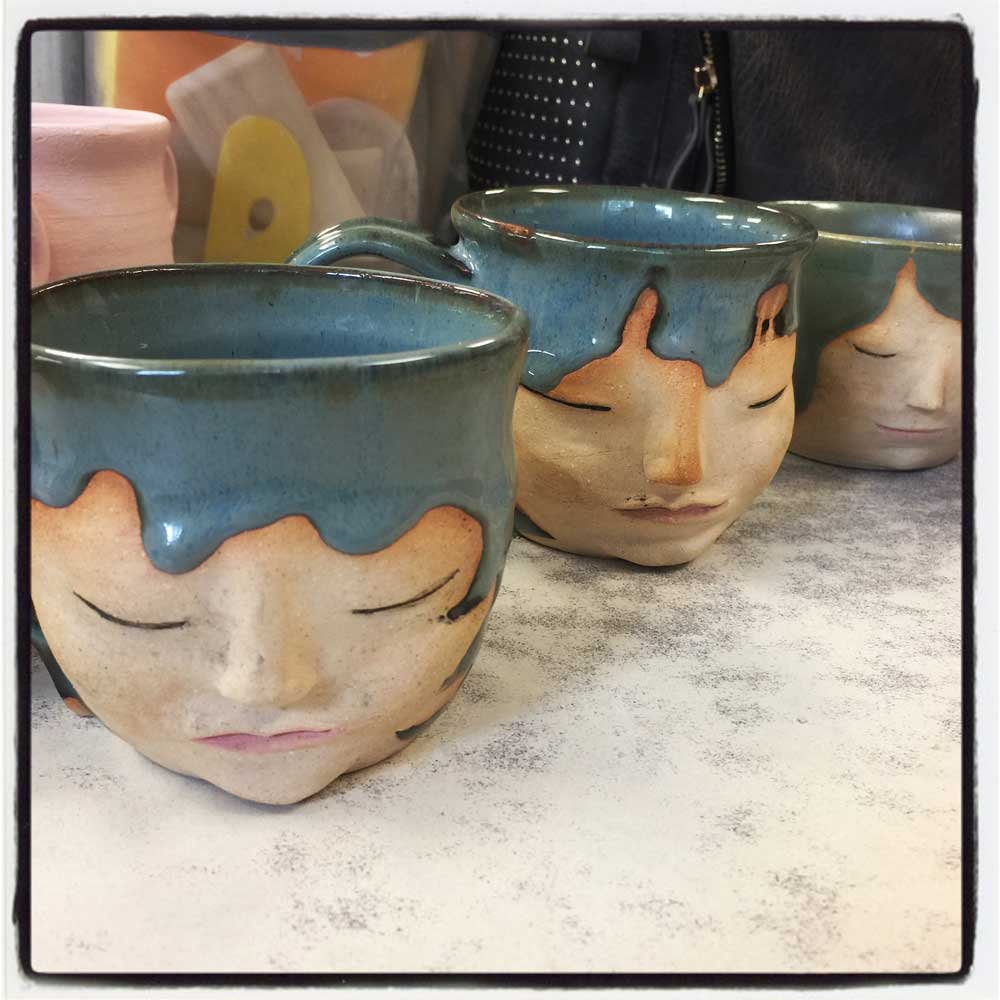

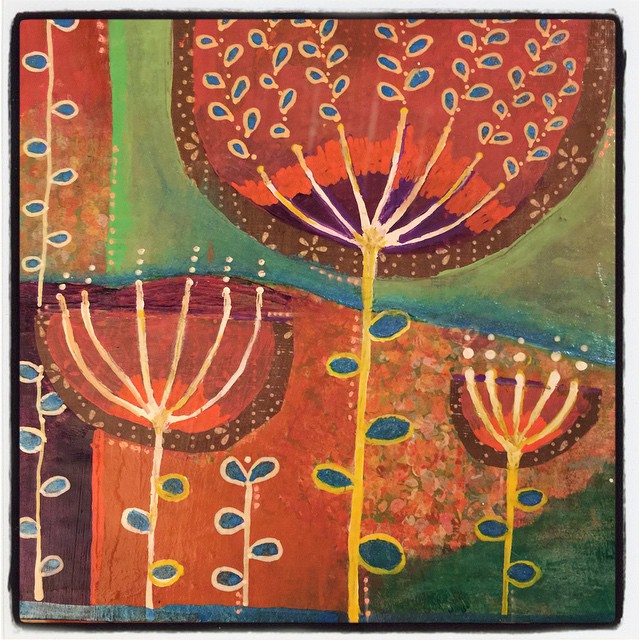

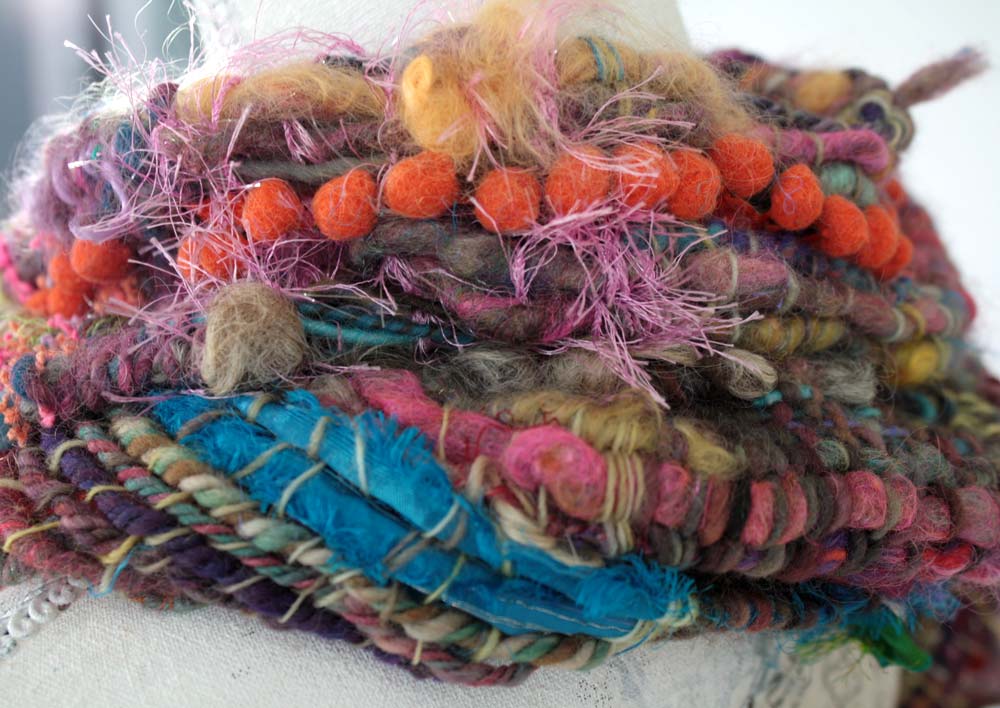
Great comments. I appreciate your caution, especially as it relates to our non-renewable resource, the environment. The dangers to human environments are duly noted, as well!